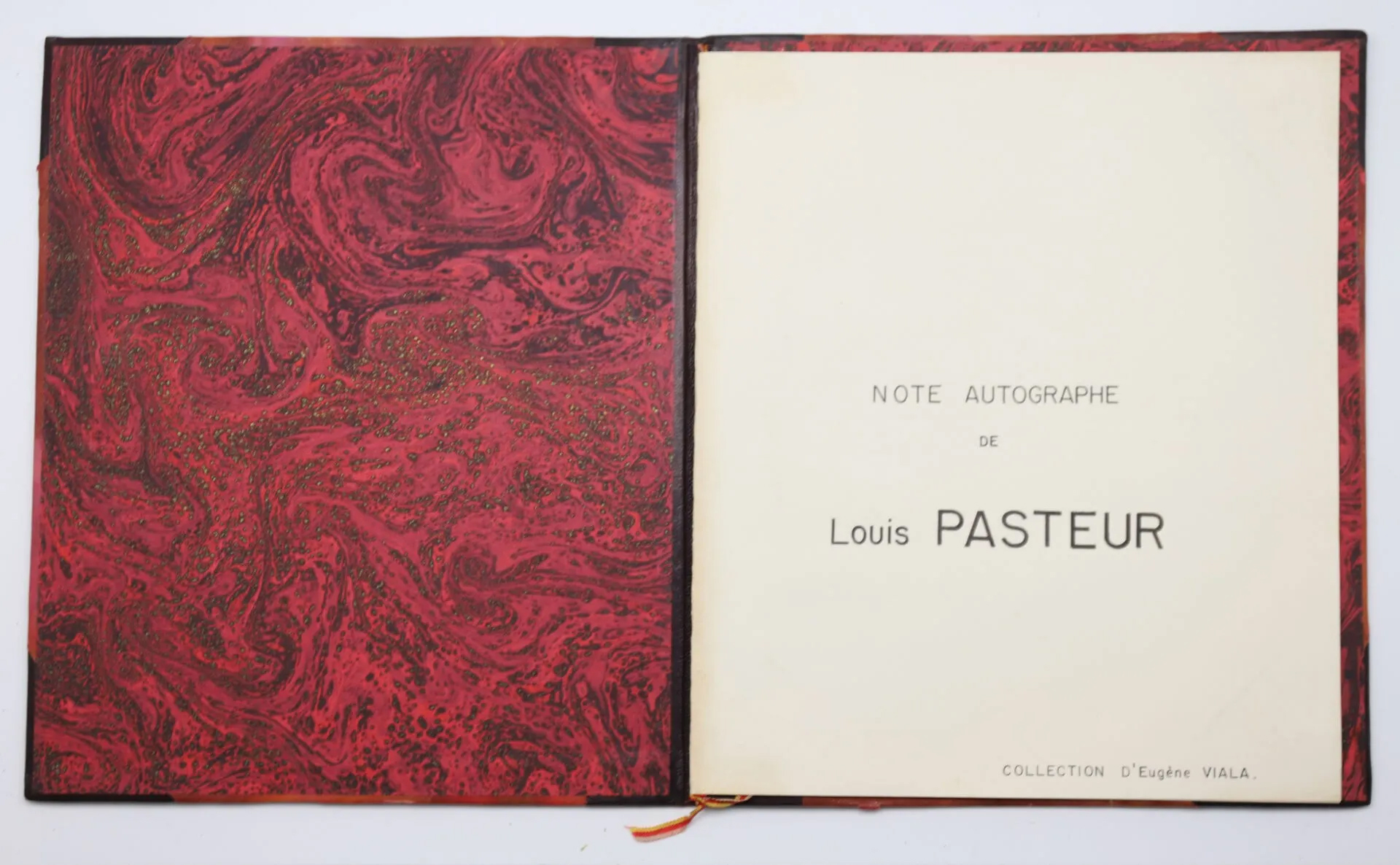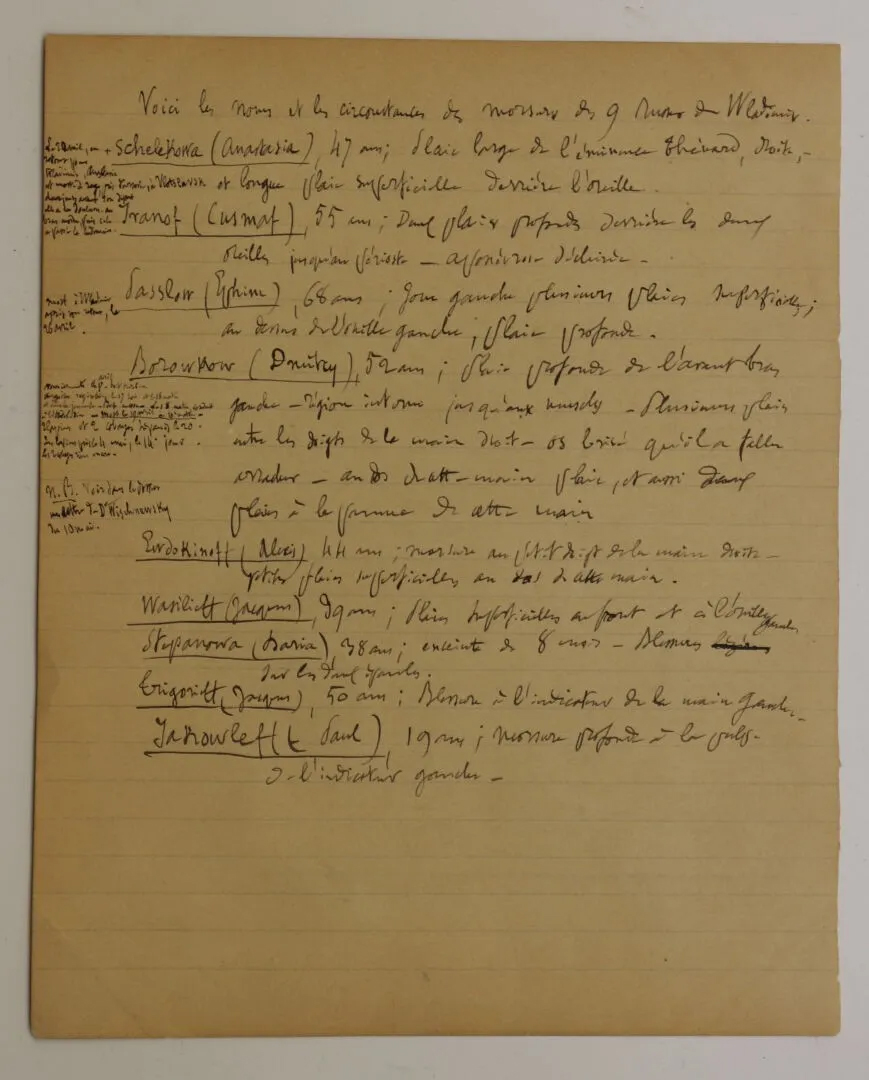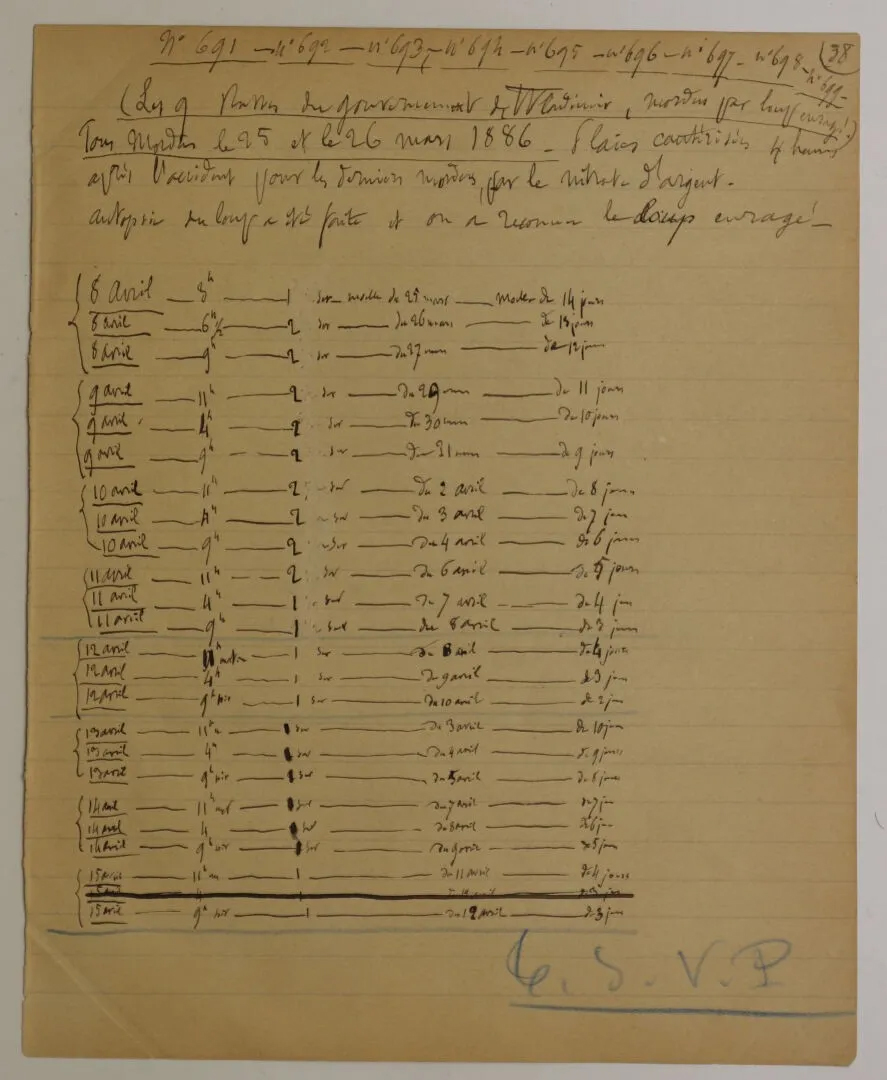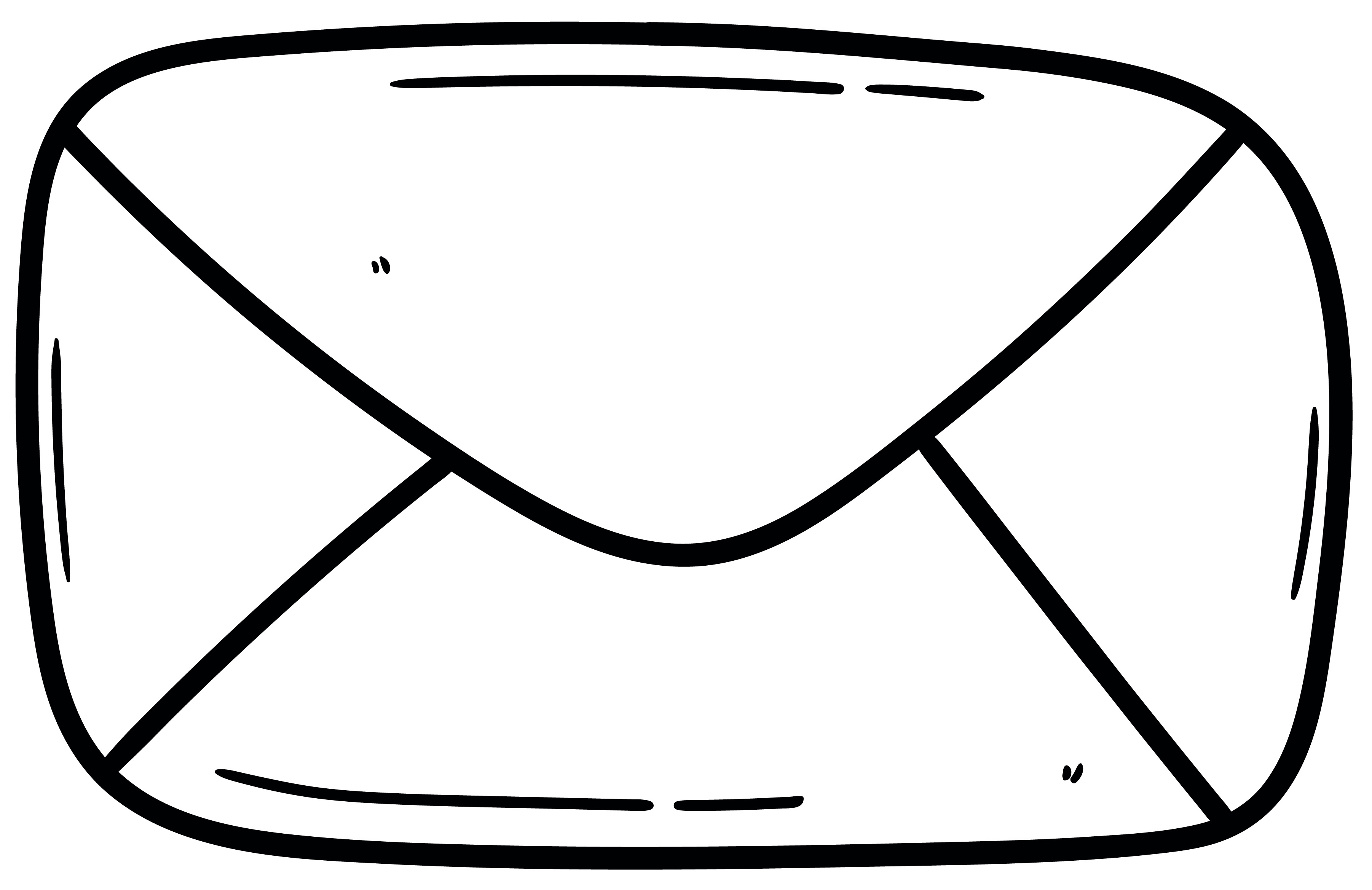
March 21, 2025
Bulletin interne de l'Institut Pasteur


New additions to the Pasteur Museum collections!
On November 30, 2024, in Bayeux, the Pasteur Museum preempted a rabies vaccination protocol dated April 1886. This was the first time that the Institut Pasteur had made use of the preemption authorization mechanism granted by the Ministry of Culture.

On this two-sided handwritten document, Louis Pasteur names nine people and indicates for each one their age, the circumstances of their accident and the treatment they received in Russia: "Wounds healed within 4 hours of the accident for the most recent bite victims, by silver nitrates – Wolf autopsy performed and rabid wolf recognized." He also describes the treatment protocol that he proposes. From April 8 to 15, three times a day, the nine Russian patients would receive suspended spinal cord sections from rabbits previously infected with the disease to trigger the immunity needed to cure them. Seven of the nine rabid patients would be saved.


The provenance of this document is clearly established. The manuscript initially belonged to Eugène Viala (1858-1926), a close colleague of Louis Pasteur, before being acquired by Pierre Brunet (1923-2023), a professor in Lille and Caen, then being put up for sale on Saturday November 30 at the auction house in Bayeux. The manuscript, estimated between €5,000 and €8,000, was purchased for €5,000 excluding fees (€6,100 including fees).
What is preemption?
Preemption is a right conferred by the French Ministry of Culture that gives an institution priority to purchase an item at a public auction. The item is auctioned via the usual procedure, but when the hammer comes down and the auctioneer declares that the item has been sold, a representative of the institution stands up and informs the public that the object has been preempted. This procedure, which overrides common law, guarantees that goods of interest to the museum sector will become part of public heritage, subject to a fifteen-day period to confirm the purchase.
Manuscript exhibited in Cabourg

The vaccination protocol is currently on display at the Villa du temps retrouvé in Cabourg until November 10 as part of the exhibition "Louis Pasteur, the art of science." To find out more about the exhibition, see the article in the previous issue of the newsletter.
 If you are interested in the museum project or have technical or scientific objects that can provide clues to the past activities of the Institut Pasteur's laboratories, feel free to contact the museum team: musee@pasteur.fr
If you are interested in the museum project or have technical or scientific objects that can provide clues to the past activities of the Institut Pasteur's laboratories, feel free to contact the museum team: musee@pasteur.fr
Illustration: Louis Pasteur taking notes on rabbits inoculated against rabies, circa 1884